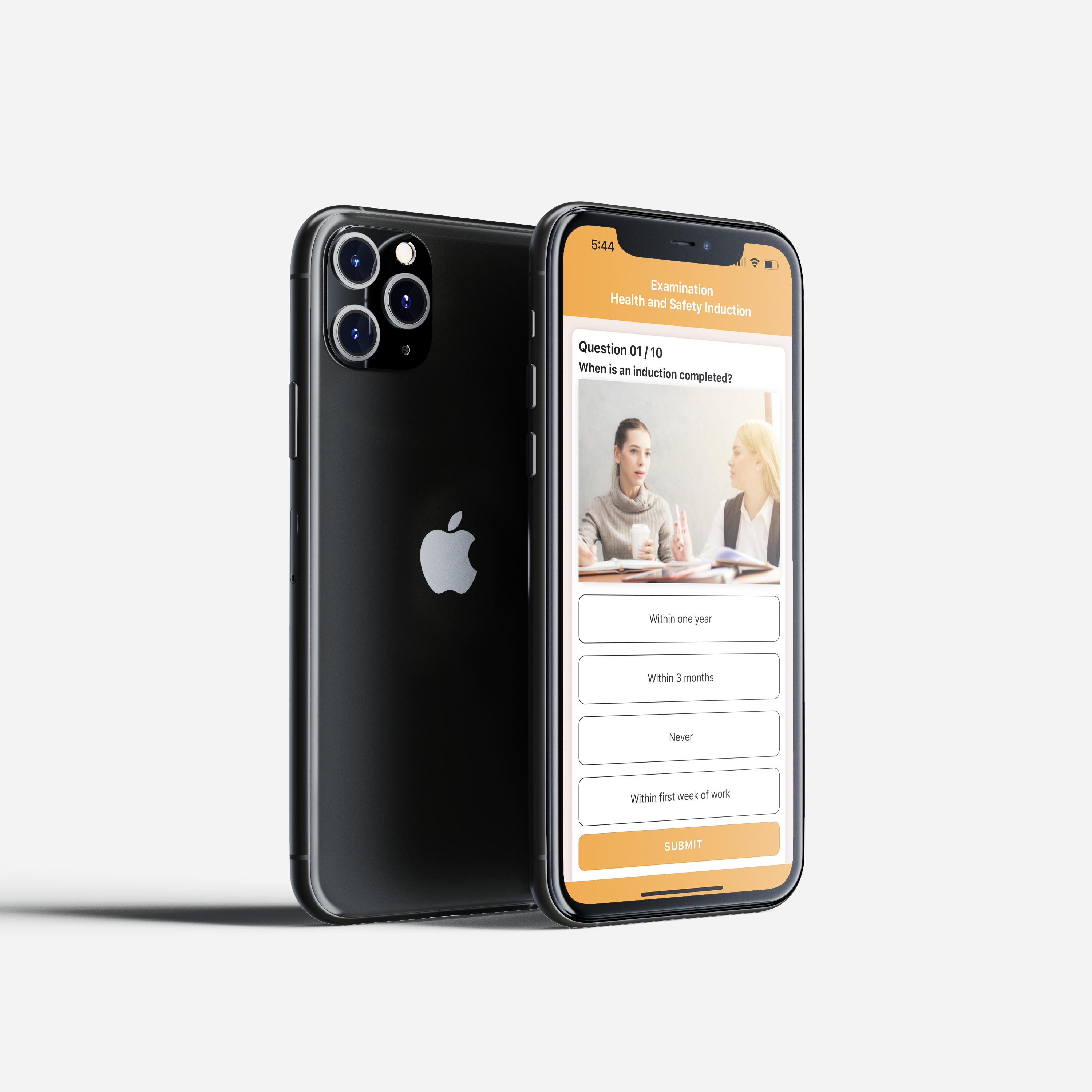
Risk Assessment Unleashed: Empowering Businesses with Our Cutting-Edge Software
Effectively managing risks is crucial for the success and sustainability of any organisation. Recognising this
Health and Safety Software » Health and Safety » Working with Lead

Health risks of lead exposure
Lead can enter the body through inhalation, ingestion, or skin absorption. Once lead enters the body, it can accumulate in the bones, blood, and other tissues. Lead exposure can cause a variety of health problems, including:
Control measures for working with lead
In addition to the control measures listed above, there are several other things that workers can do to reduce their risk of lead exposure, such as:
Specific risks and control measures for working with lead in different industries
The specific risks and control measures for working with lead vary depending on the industry in which the worker is employed. For example, workers in the construction industry who are involved in demolition or renovation projects may be exposed to lead dust from old lead-based paint. Workers in the manufacturing industry who work with lead-containing products, such as batteries and plumbing pipes, may also be exposed to lead dust and fumes.
Working with lead can be dangerous if proper safety precautions are not taken. By following the control measures listed above, workers can reduce their risk of exposure to lead and the health problems that lead exposure can cause.
The iProtectU health and safety software provides:
Arrange your demonstration
Let us show you how we can transform your compliance management
Choose a date and time for your demo (no obligation) and we will be in touch.

Effectively managing risks is crucial for the success and sustainability of any organisation. Recognising this

Artisan Environmental recently marked two decades of delivering specialist asbestos consultancy, inspection and health &

iCertifyU is an App which provides free eLearning for everyone, whether you are an employee,

According to recent research, almost half of UK tradespeople view asbestos as a problem of

31st October 2025 represents the deadline for organisations to transition their Information Security Management System

According to a recent head protection survey, only 15% of workers who should be wearing